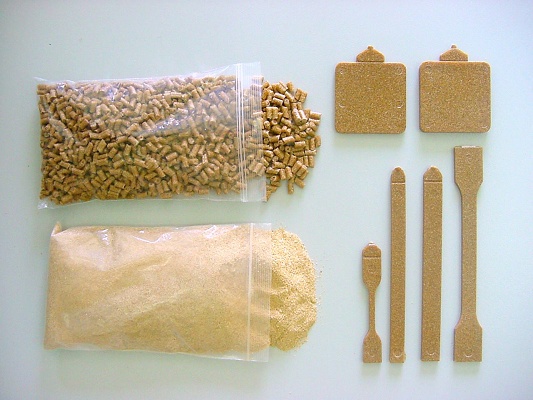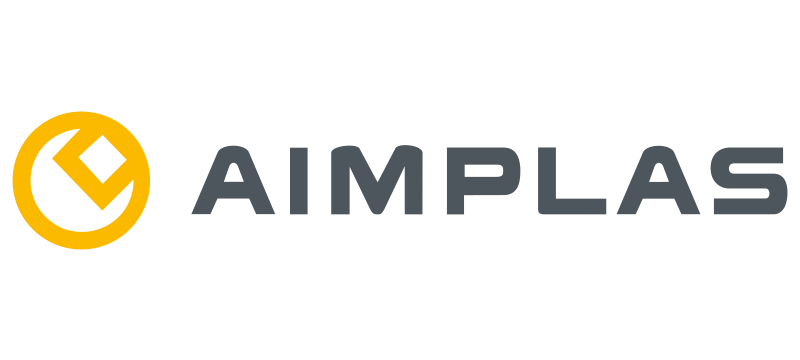AIMPLAS - Instituto Tecnológico del Plástico - Plastic raw materials
Dolfin
plastic for improvements in the aquaculture

Thanks to the project Dolfin, funded by the European Commission coordinated by AIMPLAS (Technological Institute of the plastic) in which they also participate the University of Vigo, the National Institute of Technology of Norway, and the University of Wales of the United Kingdom, will develop a material that will influence considerably in the performance and the cost of structures for aquaculture as they are the bateas for the crop of molluscs, and the cages and tanks for the crop of fishes.
The material Dolfin goes to allow the manufacture of structures for aquaculture (bateas, rings of flotation, or the tanks for farms piscícolas) more flexible, resistant and with lower costs of manufacture and maintenance.
The material that is investigating is a new compound based in poliolefinas recycled (polipropileno and polietileno of high density) reinforced with loads and organic fibres of agricultural waste
The main difficulty of the project has been to achieve the compatibility between the elements that form the compound owing to the low apparent density of the fibres and to the character hidrófilo of the loads.
To solve the problem that poses the low density of the loads and can incorporate them to the polymeric matrix, during the investigation has used an extruder of double husillo co-rotary presses. This team has a high capacity of mixed dispersivo and distributivo, that is to say, is adapted for systems in which it needs conjugar material of different morphologies and behaviours as it is the case of the material Dolfin.
The another difficulty for the realisation of the project has been the low compatibility between the loads and the polymer due to the fact that his behaviour in front of the water is opposite. The character hidrófilo of the cellulose of the loads does not allow a good compabilidad with hydrophobic matrices, what translates in a low adhesion interfacial between the fibre/loads and the matrix. To improve the adhesion of the material, from the project DOLFIN have used agents of attachment based in anhydride maléico that, in addition to improving the adhesion, favour the dispersion of the load in the matrix and, in consequence, the compatibility of the system.
Therefore, although the material developed contains sensitive materials to the water (cellulose), his impermeabilidad is adapted for applications of aquaculture, thanks to the high capacity of mixed of the extruder corrotativa used and to the agents of attachment. Besides, the new material possesses the suitable mechanical properties to be exposed to environingingmental factors like waves, marine currents, wind and even ice in the north seas.
The material Dolfin goes to allow the manufacture of structures for aquaculture (bateas, rings of flotation, or the tanks for farms piscícolas) more flexible, resistant and with lower costs of manufacture and maintenance.
The material that is investigating is a new compound based in poliolefinas recycled (polipropileno and polietileno of high density) reinforced with loads and organic fibres of agricultural waste
The main difficulty of the project has been to achieve the compatibility between the elements that form the compound owing to the low apparent density of the fibres and to the character hidrófilo of the loads.
To solve the problem that poses the low density of the loads and can incorporate them to the polymeric matrix, during the investigation has used an extruder of double husillo co-rotary presses. This team has a high capacity of mixed dispersivo and distributivo, that is to say, is adapted for systems in which it needs conjugar material of different morphologies and behaviours as it is the case of the material Dolfin.
The another difficulty for the realisation of the project has been the low compatibility between the loads and the polymer due to the fact that his behaviour in front of the water is opposite. The character hidrófilo of the cellulose of the loads does not allow a good compabilidad with hydrophobic matrices, what translates in a low adhesion interfacial between the fibre/loads and the matrix. To improve the adhesion of the material, from the project DOLFIN have used agents of attachment based in anhydride maléico that, in addition to improving the adhesion, favour the dispersion of the load in the matrix and, in consequence, the compatibility of the system.
Therefore, although the material developed contains sensitive materials to the water (cellulose), his impermeabilidad is adapted for applications of aquaculture, thanks to the high capacity of mixed of the extruder corrotativa used and to the agents of attachment. Besides, the new material possesses the suitable mechanical properties to be exposed to environingingmental factors like waves, marine currents, wind and even ice in the north seas.


